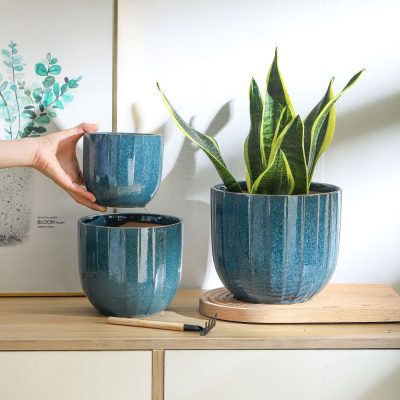In order to raise flowers well, it is necessary to understand the requirements of flowers on temperature first, and then create a temperature environment suitable for the growth and development of flowers as much as possible according to the conditions. In terms of living conditions and heating in the north, the indoor temperature is generally low in winter. For the cultivation of high-temperature flowers originating in tropical and subtropical areas, it is necessary to do a good job of heat preservation. For example, the room temperature of Bailan and Milan should not be lower than 10 ℃ in winter.
The high temperature in summer in Beijing is bad for the growth of cool flowers, such as cyclamen, upside down golden bell, crab paw orchid, etc. It should be placed under a ventilated and cool shade or in a corridor. The flowering period is controlled by temperature regulation, which is widely used in the north. For example, the flower production department expedites jasmine flowers with high temperature. After the beginning of autumn, jasmine flowers will be moved to a high temperature greenhouse (room temperature 30~35 ℃), and a large number of flowers can bloom in about one month.
After the formation of flower bud, the robust plum flower will be fully developed and dormant after a period of low temperature, and then moved to the room at 10-25 ℃. As the temperature rises, the flower bud will gradually expand. About half a month before the scheduled flowering, move into the room at 20-25 ℃, and the buds will bloom for about 10 days.
The flower bud of osmanthus fragrans is formed from June to August, and the main factor affecting flowering is temperature. When the hot summer turns to the cool autumn, the flower buds begin to expand; When the temperature at night drops below 17 ℃, osmanthus will open. Take advantage of this biological characteristic of osmanthus, if you want to blossom early, you can put it in the cold room; If you want to delay flowering, you must increase the temperature to inhibit the expansion of flower buds.







